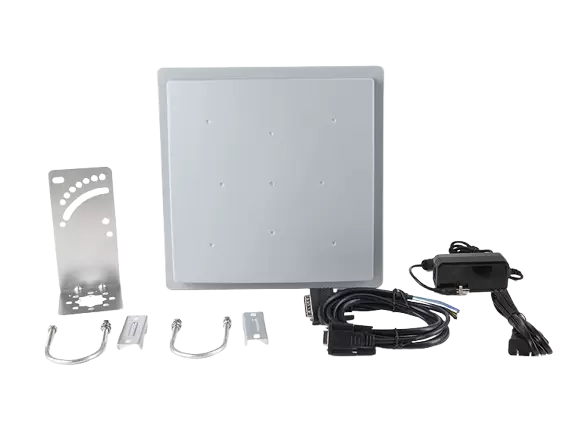In the ever-evolving landscape of retail, entrepreneurs are constantly seeking the most profitable avenues to invest their time and resources. Understanding which types of shops yield the highest returns is crucial for anyone looking to enter the retail sector or expand their existing business. This article delves into various shop types, analyzing their profitability based on market trends, consumer behavior, and operational efficiency.
- E-commerce Stores: The Digital Frontier
The rise of e-commerce has revolutionized the retail industry. Online shops, particularly those that leverage dropshipping or print-on-demand models, have emerged as some of the most profitable ventures.
Key Factors for Profitability:
- Low Overhead Costs: Unlike traditional brick-and-mortar stores, e-commerce businesses can operate with minimal overhead. There’s no need for physical storefronts, which significantly reduces rent and utility expenses.
- Global Reach: E-commerce allows businesses to tap into a global market, increasing customer base and sales potential.
- Data-Driven Decisions: Online retailers can utilize analytics tools to track consumer behavior, optimize inventory, and tailor marketing strategies, enhancing profitability.
- Specialty Food Shops: Niche Markets with High Demand
Specialty food shops, such as organic grocery stores, gourmet food shops, and health-focused cafes, have gained traction as consumer preferences shift towards healthier and more sustainable options.
Key Factors for Profitability:
- Unique Offerings: By providing niche products that cater to specific dietary needs or preferences, these shops can command higher prices and foster customer loyalty.
- Local Sourcing: Many consumers are willing to pay a premium for locally sourced products, which can also reduce shipping costs and enhance community ties.
- Experiential Retail: Specialty food shops often create an experience around their products, such as tastings or cooking classes, which can drive additional revenue streams.
- Health and Wellness Stores: Tapping into a Growing Market
The health and wellness industry has seen exponential growth, making health-focused shops, including fitness equipment stores, vitamin shops, and wellness centers, highly profitable.
Key Factors for Profitability:
- Increasing Awareness: As more consumers prioritize health, the demand for wellness products continues to rise, providing a steady stream of customers.
- Subscription Models: Many health and wellness shops have successfully implemented subscription services for vitamins, supplements, or fitness classes, ensuring recurring revenue.
- Partnerships and Collaborations: Collaborating with fitness trainers, nutritionists, or local gyms can enhance visibility and attract a dedicated customer base.
- Pet Supply Stores: A Passionate Consumer Base
The pet industry has proven to be recession-resistant, with pet supply stores consistently showing strong profitability.
Key Factors for Profitability:
- Emotional Spending: Pet owners often prioritize spending on their pets, leading to higher average transaction values.
- Diverse Product Range: From food and toys to grooming services, pet supply stores can diversify their offerings to cater to various customer needs.
- Community Engagement: Hosting pet events or offering loyalty programs can foster a strong community around the store, encouraging repeat business.
- Home Improvement and DIY Stores: Capitalizing on Trends
With the rise of remote work and home improvement projects, stores specializing in home improvement and DIY supplies have seen a surge in profitability.
Key Factors for Profitability:
- Increased Home Investment: As homeowners invest more in their properties, the demand for tools, materials, and expert advice has grown.
- Workshops and Classes: Offering workshops on home improvement techniques can attract customers and create additional revenue streams.
- Online and Offline Integration: A hybrid model that combines online sales with in-store experiences can maximize reach and customer engagement.
Conclusion: Choosing the Right Path
While the types of shops mentioned above are among the most profitable in today’s market, success ultimately hinges on various factors, including location, target audience, and operational efficiency. Entrepreneurs should conduct thorough market research, assess their interests and expertise, and consider the scalability of their chosen business model. By aligning their shop type with current consumer trends and preferences, they can position themselves for long-term profitability and success in the competitive retail landscape.





